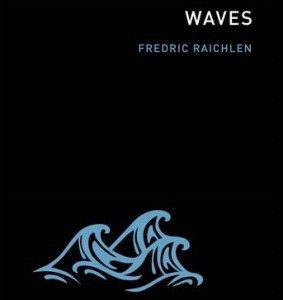Recommended
Into this discussion last fall came Waves, a new book by Fredric Raichlen SM '55, ScD '62, a civil engineering professor emeritus at the California Institute of Technology. 
Raichlen’s deceptively simple book, part of MIT Press’s Essential Knowledge Series, teaches its readers all the basics about waves, then takes direct aim at this century’s most pressing concerns about them. Listen to Raichlen’s discussion of the book in this month’s Alumni Books Podcast.
Raichlen, who studied waves at MIT’s hydrodynamics lab in the 1950s (now the Parsons Lab), says the book was his way to dial back the hysteria waves cause and ground readers in their fundamentals. In Waves, one learns that:
- A tsunami, even far out to sea, is considered a shallow-water wave.
- The sun has as much to do with tides as the moon does.
- A storm in Alaska can cause wave damage to shorelines in Los Angeles, over 3,000 miles away.
Readers will notice that the book sticks to its premise of essential knowledge and stops shorts of editorializing on climate change. “I really wanted to avoid that,” Raichlen says in the podcast. “Climate change and sea level rise are important to our coastal regions...[but] things are really not that definite in terms of quantitative estimates of sea level rise and there’s a wide range of ideas of the magnitude and rate of sea level rise. So I wanted to talk about things more definite.”
Listen to the complete podcast here. Listen to past books podcasts on optics, health care, and architecture by visiting MITAA on Soundcloud.







